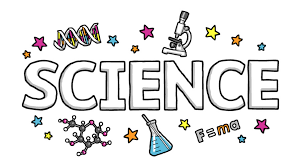More Science in Branding.
 Yesterday I wrote about a famous ad campaign for Dawn Dishwasher Detergent and its use degreasing ducks following oil spills. I mentioned that the key ingredient in Dawn, the one that cuts the grease, is a surfactant. (When a kid in the ad business I did advertising for Union Carbide Corporation surfactants.)
Yesterday I wrote about a famous ad campaign for Dawn Dishwasher Detergent and its use degreasing ducks following oil spills. I mentioned that the key ingredient in Dawn, the one that cuts the grease, is a surfactant. (When a kid in the ad business I did advertising for Union Carbide Corporation surfactants.)
As a brand consultant that touts proof in its strategy framework, you can expect I would lock on to surfactants as the proof of grease cutting. A surfactant being defined by Wikipedia as: “Compounds that lower the surface tension between two liquids, between a gas and a liquid, or between a liquid and a solid.” But the fact is, in the Dawn commercials there was no mention of surfactants. Likely, there were not even scrubbing bubbles diagrams or animations about surface tensions being broken down. Someone decided to remove the science from the spots. Just greasy ducklings then clean, happy ducklings for our viewing pleasure.
As smart and creative as those spots were, there was a missed opportunity to educate the dishwashing public about the solution (pun intended). When someone asks why Dawn degreases better than other competitors, a reason why is always a good thing to convey.
Science is the new black. And it will only continue to get stronger…ahem.
Peace.



